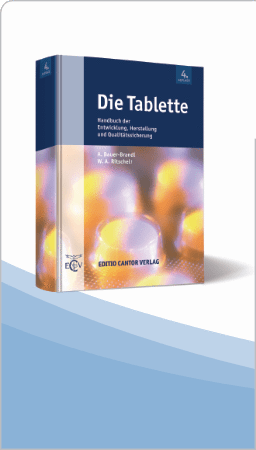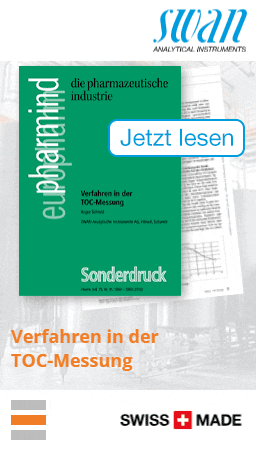Gesetzliche Regelungen zu elektronischen Unterschriften bei der Einreichung von Zulassungsunterlagen für ArzneimittelVergleich zwischen der FDA-Richtlinie 21 CFR Part 11 und der EU-Gesetzgebung Dr. Stefan Hock und Till Jostes CSC Ploenzke AG, Wiesbaden Legal Regulations on the Electronic Signature Concerning the Submission of Drug Applications / FDA Guideline 21 CFR Part 11 compared to EU legislation Regulatory authorities around the world require pharmaceutical companies to submit huge amounts of information to support the submission procedures, or the maintenance of such submissions, respectively. Up to this stage, pharmaceutical companies as well as the regulatory authorities have invested significantly in information technologies. In this process, the Internet is playing an increasingly important role. Electronic signatures are a decisive feature for a reliable and secure exchange of information via the Internet and must therefore comply legal requirements such as the Good Manufacturing Practices (GMP) or the law 21 CFR Part 11.
|
|
|
pharmind 2003, Nr. 05a, Seite 476






